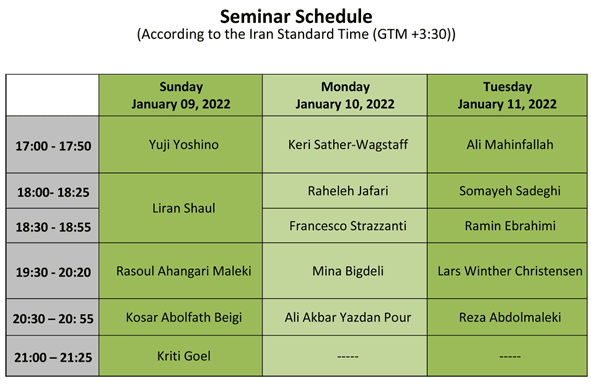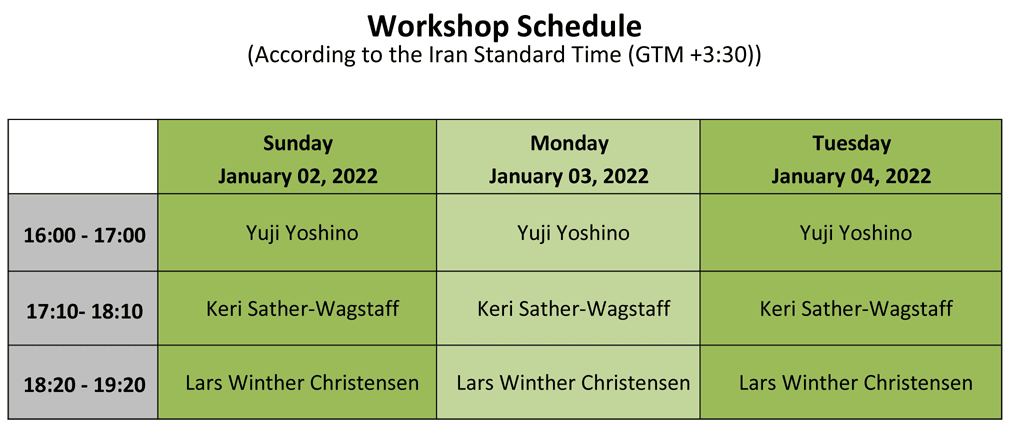Abstract:
One of the large classes of Cohen-Macaulay polynomial rings arises from the ideals attached to some combinatorial objects called pure shellable simplicial complexes. The substantial role of Cohen-Macaulay rings at the crossroads of Commutative Algebra, Combinatorics, and Topology motivates us to analyze the structure of shellable simplicial complexes and study their algebraic behavior through Stanley-Reisner theory.
The question that we will focus on is that ''given a pure shellable simplicial complex which is not the skeleton of a simplex, whether one gets stuck in the process of extending it to a larger shellable complex''. The negative answer to this question has been conjectured by R. S. Simon in 1994, which attracted the attention of some researchers in Combinatorics, Topology, as well as Algebra.
In this talk, we will state the algebraic interpretation of this conjecture and explain how the employment of some algebraic tools helps with attacking it. We will then review some results in this direction.
This talk is mainly based on a joint work with A. A. Yazdan Pour and R. Zaare-Nahandi.
Reference:
[1] R.S. Simon, Combinatorial properties of cleanness, J. Algebra, 167, 361-388 (1994).



